Philadelphia’s Eastern State Penitentiary, opened in 1829, was the nation’s first true penitentiary. Conceived as a reformative alternative to pre‑Revolution jails, its Gothic towers and wagon‑wheel layout became a model for more than 300 prisons worldwide. Today it stands as a museum, a ruin, and one of the most reputed haunted sites in the U.S.
A Revolutionary Design with Penitence in Mind
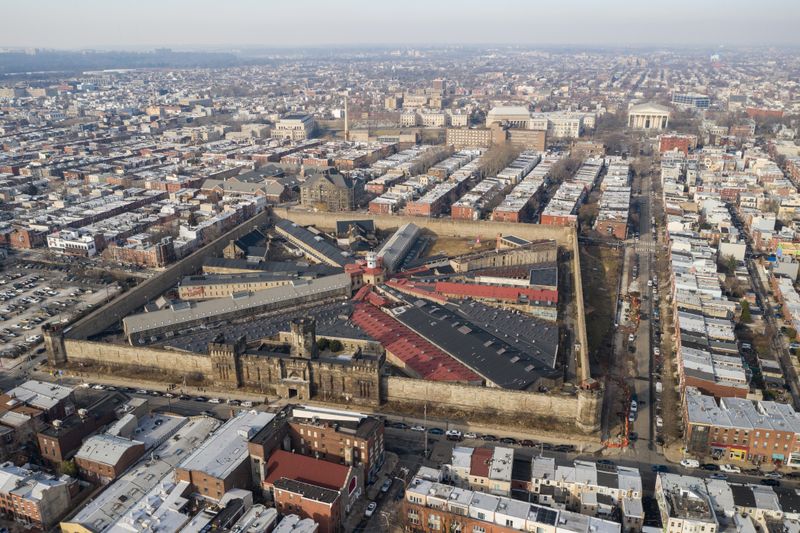
Inspired by Quaker ideals and designed with solitude in mind, Eastern State Penitentiary represented a revolutionary shift in prison architecture. Each cell was designed to inspire solitary reflection, featuring a skylight known as the “Eye of God.” The radial floor plan, allowing for centralized observation, was a groundbreaking concept in the 19th century.
With luxurious amenities, such as central heating and running water, it surpassed even the White House’s standards of the time. Each cell was a self-contained unit, emphasizing isolation as a path to penitence. The architecture reflected both the grandeur and the austerity of its reformative mission.
The Reality of Solitary Confinement
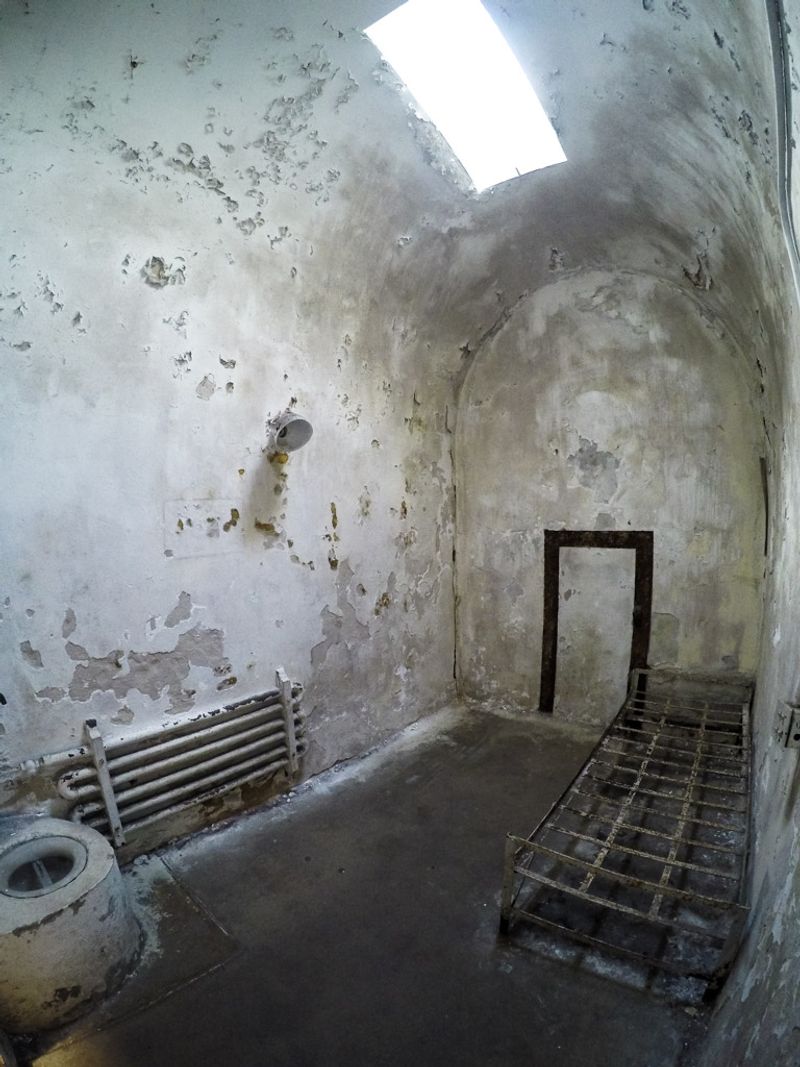
Initially hailed as humane, solitary confinement at Eastern State quickly turned into a psychological ordeal. Inmates were isolated for 23 hours a day, with minimal human contact, leading to mental anguish and distress.
The intent was moral reflection, but the reality was often despair and madness. Inmates wore hoods during rare outside moments, increasing the sense of alienation.
Guards wore felt overshoes to muffle sounds, intensifying the eerie silence. Punishments, such as strait jackets and “shower baths,” were frighteningly common. Charles Dickens, after visiting, condemned the regime as cruel, citing the hopelessness of its isolation.
From Opulence to Abandonment

At its zenith in the mid-19th century, Eastern State housed over 1,700 inmates. The institution expanded significantly, allowing prisoners communal interactions by 1926. However, by 1971, it closed its doors, standing as an eerie monument to its past.
For over two decades, it remained abandoned, a haunting, decaying relic. In 1994, the site reopened for tours, preserving its architectural grandeur and historical rawness. Visitors can now explore its haunting corridors, where time seems frozen.
The penitentiary stands today as a testament to the complexities of prison reform and the relentless march of time, inviting reflection on its storied past.
Notorious Inmates & Escapes
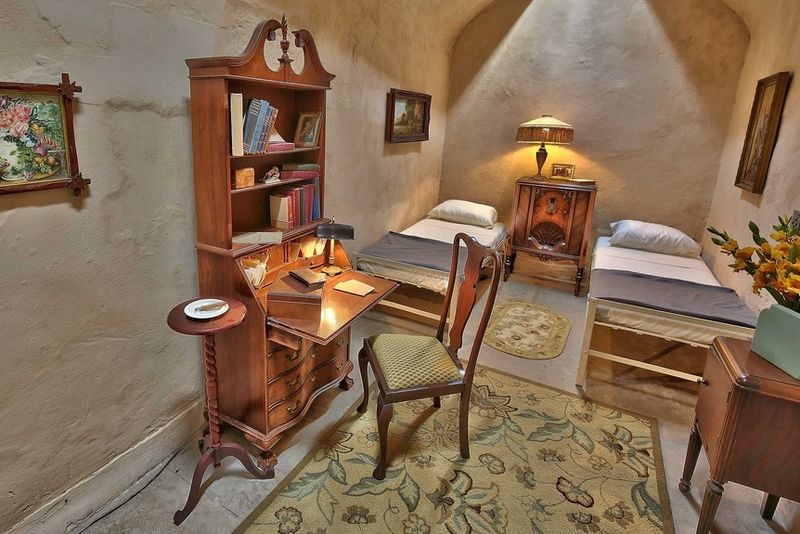
Among the infamous inmates, Al Capone’s stay at Eastern State is legendary. His cell, rumored to be luxurious, featured oriental rugs, fine furniture, and a cabinet radio.
Willie “Slick Willie” Sutton, known for bank heists, attempted an audacious escape through a 127-foot tunnel. His cunning plans, however, eventually led to recapture.
A quirky tale involves Pep the dog, sentenced to life as a morale booster. His “inmate” status adds a humorous note to the prison’s history. These stories of notorious criminals and cheeky anecdotes paint a vivid picture of Eastern State’s colorful past.
Haunted Halls & Pop-Culture Fame
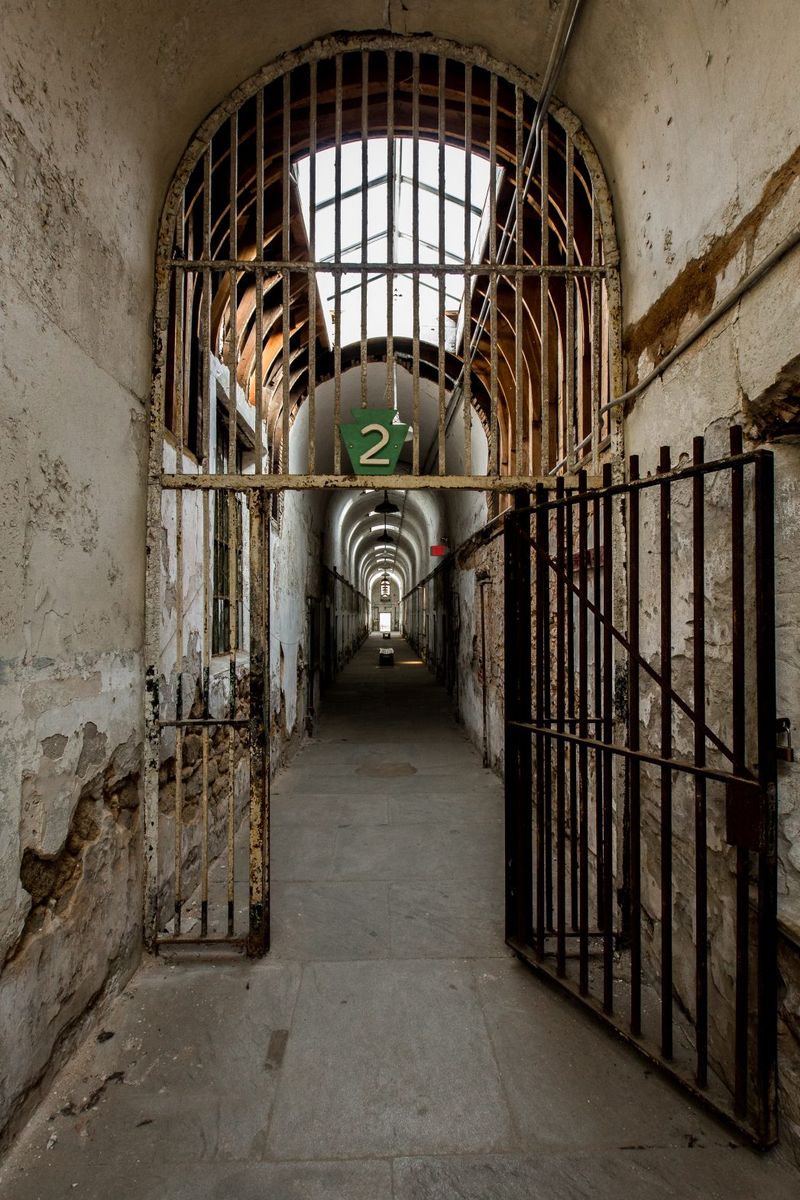
Ghostly legends pervade Eastern State, with reports of eerie whispers and shadowy figures. Paranormal shows, like Ghost Hunters, have explored these haunted halls, amplifying its spectral reputation.
The prison’s chilling ambiance makes it a favorite for filmmakers. It has appeared in movies such as Twelve Monkeys and Transformers: Revenge of the Fallen. The site’s unique character even features in Boardwalk Empire, narrated on-site by Steve Buscemi.
Haunting both in history and spirit, Eastern State captivates visitors with its blend of eerie allure and cinematic fame, leaving a lasting impression of mystery and curiosity.
Visiting Today: Museum, Tours & Reflection
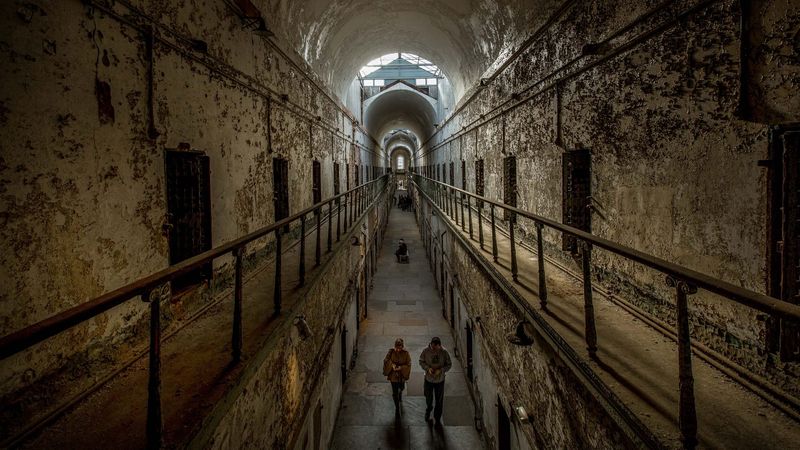
Today, Eastern State is a vibrant museum, drawing countless visitors yearly. The audio tour, narrated by Steve Buscemi, shares stories from former guards and inmates, enhancing the experience.
Seasonal events, like Terror Behind the Walls, provide immersive haunted experiences. Guided tours offer a deep dive into the penitentiary’s storied past, with access to cellblocks and the rotunda.
Art installations explore themes of justice and incarceration, fostering reflection. The site’s historical significance offers a poignant backdrop for discussions on punishment and reform, resonating with those seeking to understand its complex legacy.
Why It Still Resonates
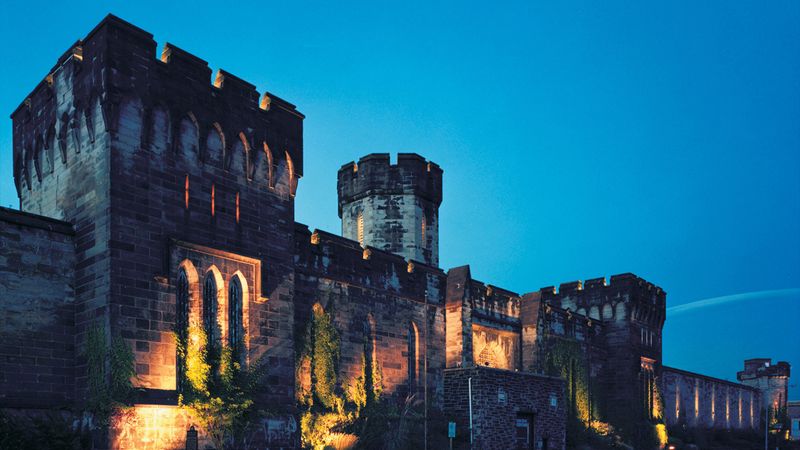
Eastern State remains a conversation piece on prison reform and human isolation. Its architectural splendor and haunting history challenge visitors to reconsider justice’s meaning.
As a museum, it balances storytelling with sensitively preserving its past. Events, including weddings, navigate maintaining dignity and avoiding trivializing suffering.
It stands as more than a relic; it is a dialogue on past and present carceral systems. Through its exhibitions and tours, Eastern State invites ongoing reflection on the cost of isolation and the pursuit of redemption, making it a unique historical and cultural landmark.



